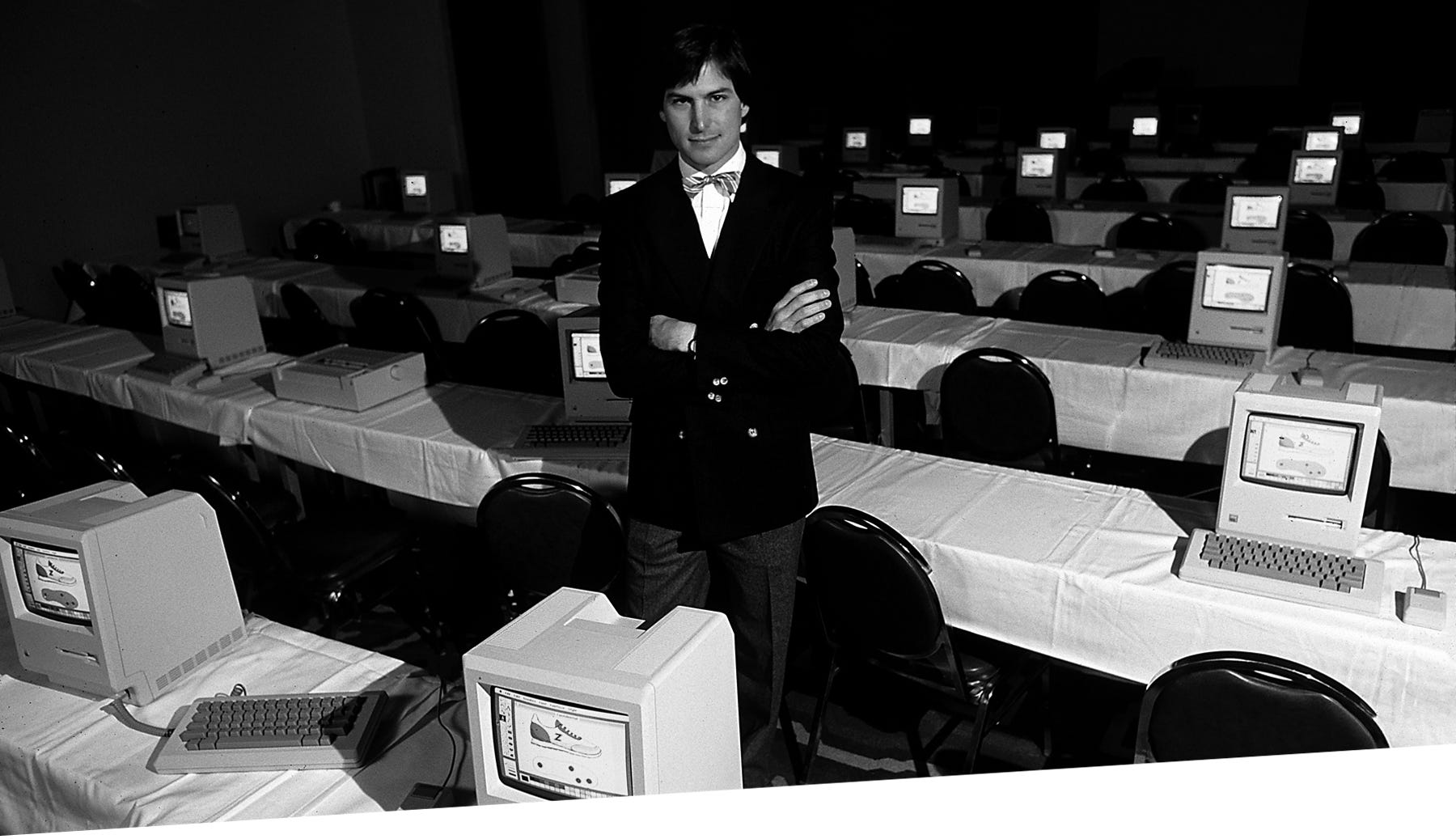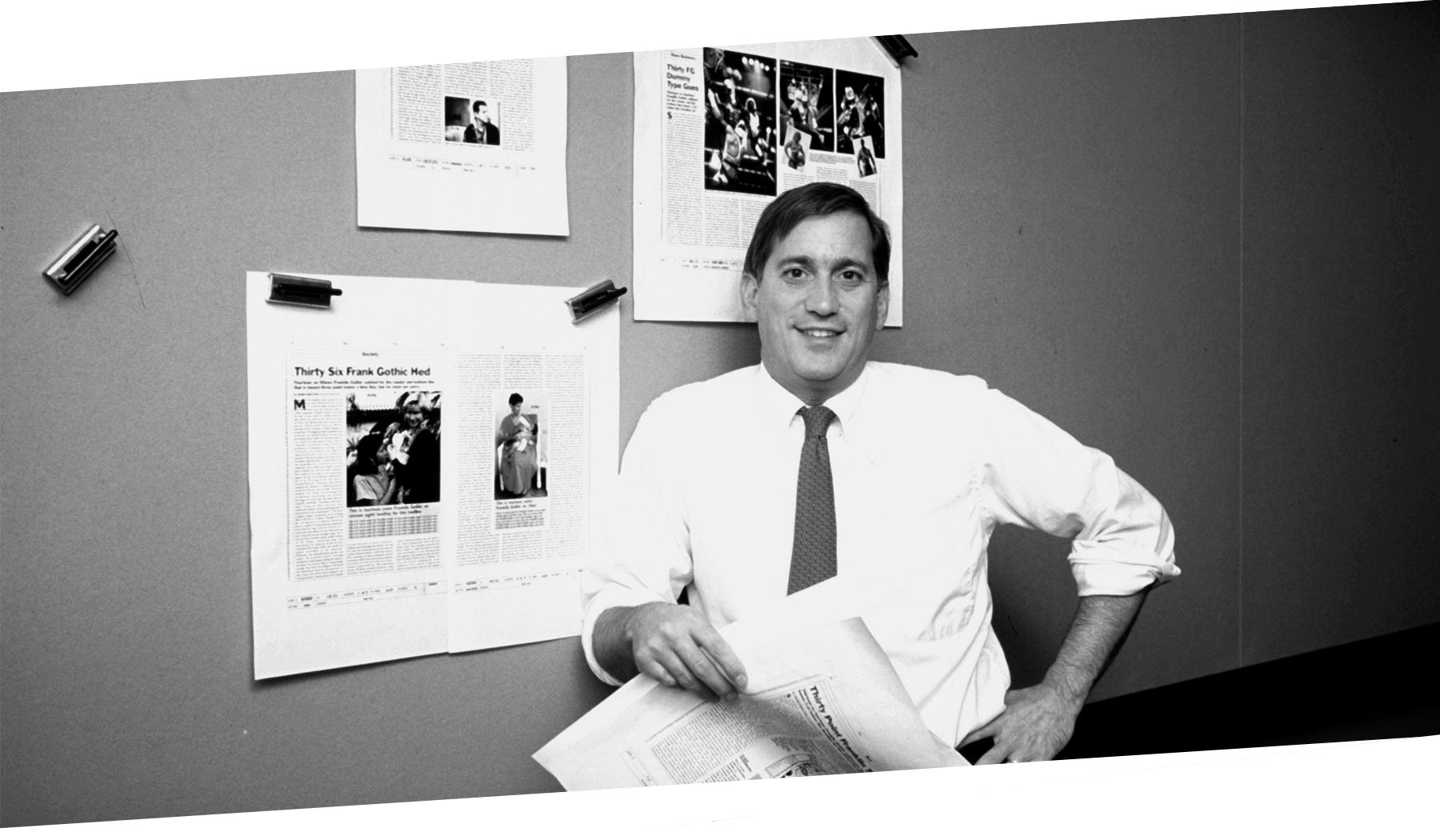The computer and the Internet are among the most important inventions of our era, but few people know who created them. They were not conjured up in a garret or garage by solo inventors suitable to be put into a pantheon with Edison, Bell, and Morse. Instead, most of the innovations of the digital age were done collaboratively. There were a lot of fascinating people involved, some ingenious and a few even geniuses. My book, The Innovators, is the story of these hackers, inventors, and entrepreneurs — who they were, how their minds worked, and what made them so creative. It’s also a narrative of how they collaborated and why their ability to work as teams made them even more creative.
The tale of their teamwork is important because we don’t often focus on how central that skill is to innovation. There are thousands of books celebrating people we biographers portray, or mythologize, as lone inventors. I’ve produced a few myself. Search the phrase “the man who invented” on Amazon, and you get 1,860 book results.

But we have far fewer tales of collaborative or crowd creativity, which is more important in understanding how today’s technology revolution was fashioned.
It can also be more interesting.
We talk so much about innovation these days that it has become a buzzword, drained of clear meaning. So in this book I set out to report on how innovation actually happens in the real world. I focus on a dozen or so of the most significant breakthroughs of the digital age and the people who made them. What ingredients produced their creative leaps? What skills proved most useful? How did they think and lead and collaborate? Why did some succeed and others fail?
I also explore the social and cultural forces that provide the atmosphere for innovation. For the birth of the digital age, this included a research ecosystem that was nurtured by government spending and managed by a military-industrial-academic collaboration. Intersecting with that was a loose alliance of community organizers, communal-minded hippies, do-it-yourself hobbyists, and homebrew hackers, most of whom were suspicious of centralized authority.

Historians of science are sometimes wary about calling periods of great change revolutions, because they prefer to view progress as evolutionary. “There was no such thing as the Scientific Revolution, and this is a book about it,” is the wry opening sentence of the Harvard professor Steven Shapin’s book on that period. One method that Shapin used to escape his half-joking contradiction is to note how the key players of the period “vigorously expressed the view” that they were part of a revolution: “Our sense of radical change afoot comes substantially from them.”
Likewise, most of us today share a sense that the digital advances of the past half-century are transforming, perhaps even revolutionizing, the way we live. I can recall the excitement that each new breakthrough engendered.
My father and uncles were electrical engineers, and like many of the characters in this book, I grew up with a basement workshop that had circuit boards to be soldered, radios to be opened, tubes to be tested, and boxes of transistors and resistors to be sorted and deployed.
As an electronics geek who loved Heathkits and ham radios (WA5JTP), I can remember when vacuum tubes gave way to transistors. At college, I learned programming using punch cards and recall when the agony of batch processing was replaced by the ecstasy of hands-on interaction. In the 1980s, I thrilled to the static and screech that modems made when they opened for you the weirdly magical realm of online services and bulletin boards, and in the early 1990s, I helped to run a digital division at Time and Time Warner that launched new web and broadband Internet services. As Wordsworth said of the enthusiasts who were present at the beginning of the French Revolution, “Bliss was it in that dawn to be alive.”
I began work on this book more than a decade ago. It grew out of my fascination with the digital-age advances I had witnessed and also from my biography of Benjamin Franklin, who was an innovator, inventor, publisher, postal service pioneer, and all-around information networker and entrepreneur. I wanted to step away from doing biographies, which tend to emphasize the role of singular individuals, and once again do a book like The Wise Men, which I had coauthored with a colleague about the creative teamwork of six friends who shaped America’s cold war policies. My initial plan was to focus on the teams that invented the Internet. But when I interviewed Bill Gates, he convinced me that the simultaneous emergence of the Internet and the personal computer made for a richer tale. I put this book on hold early in 2009, when I began working on a biography of Steve Jobs. But his story reinforced my interest in how the development of the Internet and computers intertwined, so as soon as I finished that book, I went back to work on this tale of digital-age innovators.
One night, when I was writing about how facilitating the collaborative process was a reason the Internet was created, I realized that I should try using it for this original purpose. Collaborating online and drawing upon the wisdom of crowds would, I hoped, both improve my drafts and allow me to understand better how today’s Internet-based tools (compared to Usenet and the old bulletin board systems) facilitate collaboration. So I posted many of the chapters online and invited crowd-sourced suggestions and corrections.
This isn’t an entirely new thing. Sending around papers for comments is one reason why the Royal Society was created in London in 1660, and why Benjamin Franklin founded the American Philosophical Society. At Time magazine, we had a practice of sending story drafts to all bureaus for their “comments and corrections.” In the past, I’ve sent parts of my drafts to dozens of people I knew. By using the Internet, I could solicit comments and corrections from thousands of people I didn’t know.

I experimented on many sites. The best, it turned out, was Medium, which was invented by Ev Williams, a character in my book.
One excerpt was read by 18,200 people in its first week online. That’s approximately 18,170 more draft readers than I’ve ever had in the past.
Scores of readers posted comments, and hundreds sent me emails. This led to many changes and additions as well as an entirely new section, on Dan Bricklin and VisiCalc.
I hope that people – maybe on Medium – will invent ways to expand this process. Perhaps in a few years, we can have platforms that allow us to create a cross between an enhanced ebook and a curated wiki so that new forms of multimedia history can emerge that are partly author-guided and partly crowd-sourced. By contributing their own anecdotes, pictures, video, audio, documents, and oral histories, people would be able to produce collective histories and expanded versions of existing books and invent new modes of collaborative and interactive storytelling. Some would be curated by an author/editor, others not. And soon, I hope, there will be micropayment and royalty-sharing systems so that participants can all get compensated based on how many people read or watched the material they contributed.
I had my first pleasant taste of the power of Internet crowdsourcing, and the joy of participating, about a decade ago, in the early days of Wikipedia. I had done a book about Albert Einstein and noticed that the Wikipedia entry on him claimed that he had traveled to Albania in 1935 so that King Zog could help him escape the Nazis by getting him a visa to the United States. This was completely untrue, even though the passage included citations to obscure Albanian websites where this was proudly proclaimed, usually based on some third-hand series of recollections about what someone’s uncle once said a friend had told him. I deleted the assertion from the article, only to watch it reappear. On the discussion page, I provided sources for where Einstein actually was during the time in question (Princeton) and what passport he was using (Swiss). But tenacious Albanian partisans kept reinserting the claim. The Einstein-in-Albania tug-of-war lasted weeks. I became worried that the obstinacy of a few passionate advocates could undermine Wikipedia’s reliance on the wisdom of crowds. But after a while, the edit wars ended, and the article no longer had Einstein going to Albania.
At first I didn’t credit that success to the wisdom of crowds, since the push for a fix had come from me and not from the crowd. Then I realized that I, like thousands of others, was in fact a part of the crowd, occasionally having the chance, when I was lucky, to add a tiny bit to its wisdom, as well as to benefit from it.
